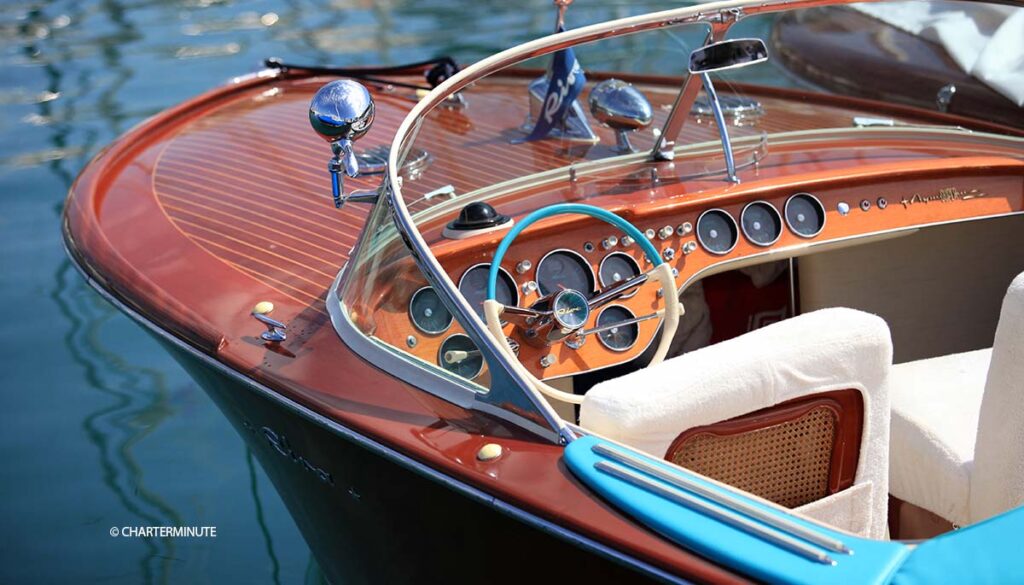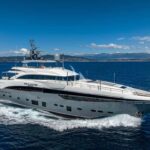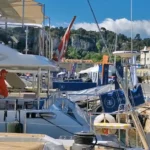When it comes to yacht charter, having a proper tender is an essential part of the experience. It allows you and your guests to explore the waters and access remote areas that your yacht may not be able to reach, especially on the French Riviera with the new anchoring regulations.
It also allows safe transportation from shore to superyacht.
While the vast majority of tenders used by smaller yachts are typically rigid inflatable boats, there are a number of vessels that are considered essential to the modern superyacht.
Yacht tender: what it means for charterers
A tender boat – also known as a tender – is essentially a smaller boat that travels back and forth from a larger yacht or ship. Tenders cater to the needs of the larger vessel by performing tasks that the larger boat cannot.
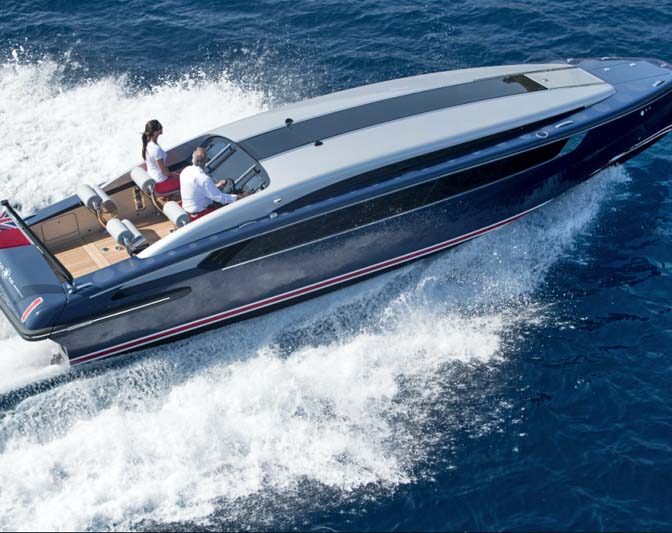
Utmost comfort at sea: limousine tender
What is a good tender?
There is no simple answer to this question.
There are several types of tenders on the market and each has its own unique features and benefits.
RIBs (Rigid Inflatable Boats) are the most common type of tender, and for good reason. They offer good handling at sea and can be customised to suit your specific needs.
RIBs come in a range of sizes and can be used for a variety of activities, including water sports and fishing. However, it is now more important for a yacht to have a large tender – such as a limousine tender – that offers maximum guest comfort.
Although a tender must be small enough to fit on a yacht, there are other factors to consider.
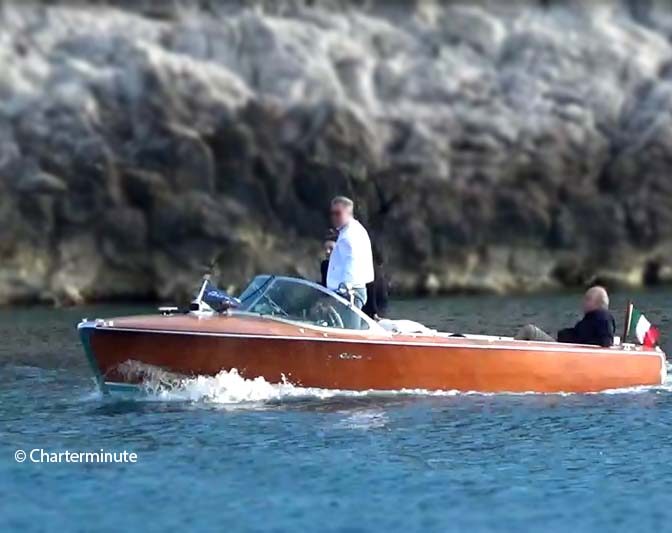
Classic vintage tender
Criteria
Firstly, a large yacht often requires a larger and more powerful tender to safely transport guests, crew and supplies.
Secondly, a larger tender adds flexibility and versatility to a yacht. It can be used for watersports, fishing, exploring shallow areas and accessing remote locations. A larger tender can also act as a backup vessel in the event of an emergency, such as a mechanical failure on the yacht.
Thirdly, a large yacht tender can enhance the overall guest experience. It allows guests easy access to shore excursions, secluded beaches and other attractions. A comfortable and well-equipped tender can also provide additional amenities such as a bathroom, refreshments and entertainment systems.
A large and comfortable tender is a definite plus for charterers, especially the elderly.
Safety and comfort first
The safety and comfort of guests is paramount. This includes ensuring that guests are safe and dry when travelling between shore and the superyacht. However, with more yachts anchored offshore, the possibility of guests being unable to disembark due to adverse weather conditions such as wind or rough seas is a concern.
In addition, charter guests want to experience the level of luxury they get on a superyacht in every element of the experience, and that includes the tender.
A good tender needs to be safe, dry and provide a reasonable level of comfort for charterers and crew. Of course, the crew operating the tender should be experienced and adequately trained to handle the tender in different weather conditions. As a general rule, the larger the tender, the more comfortable the guests will be at sea.
Related articles
Post updated on May 5, 2024
About the author: Remi van der Deure – French Riviera Charter broker.
Hello,
I am the senior Yacht Charter Broker at Charterminute, a well-known yacht charter boutique in Antibes.
I have served in the yacht charter industry for over 15 years and have gained a strong reputation among my clients, as evidenced by consistent 5-star ratings on Google Reviews and TripAdvisor.
My specialty is organizing corporate yacht charters for startups and large companies during popular events like the Cannes Lions Festival, MIPIM, TFWA, and MIPCOM.
I am also proud to be a member of esteemed yacht broker associations, e-MYBA and ECPY, demonstrating my unwavering commitment to providing exceptional yacht charter services and memorable experiences in the French Riviera.
You can contact me directly at +33 (0)662.465.991 or remi@charterminute.com.
